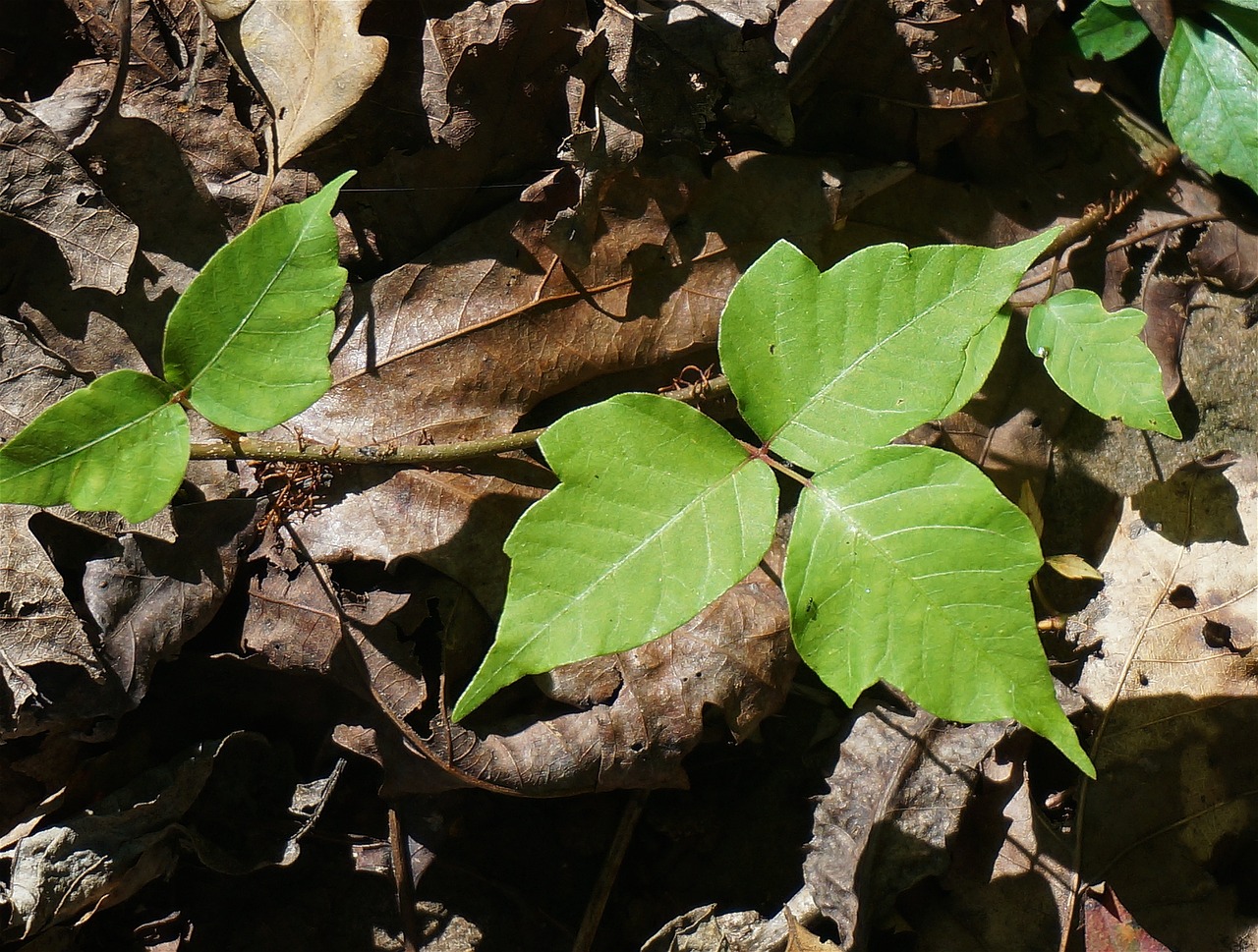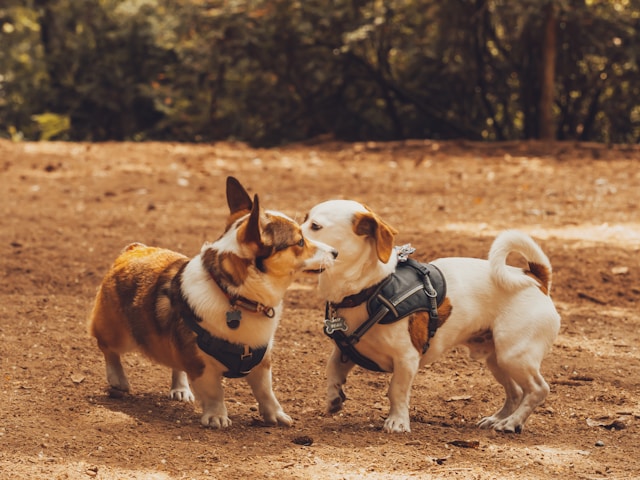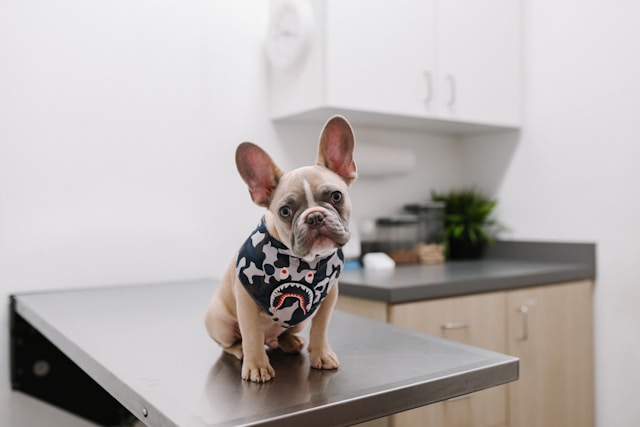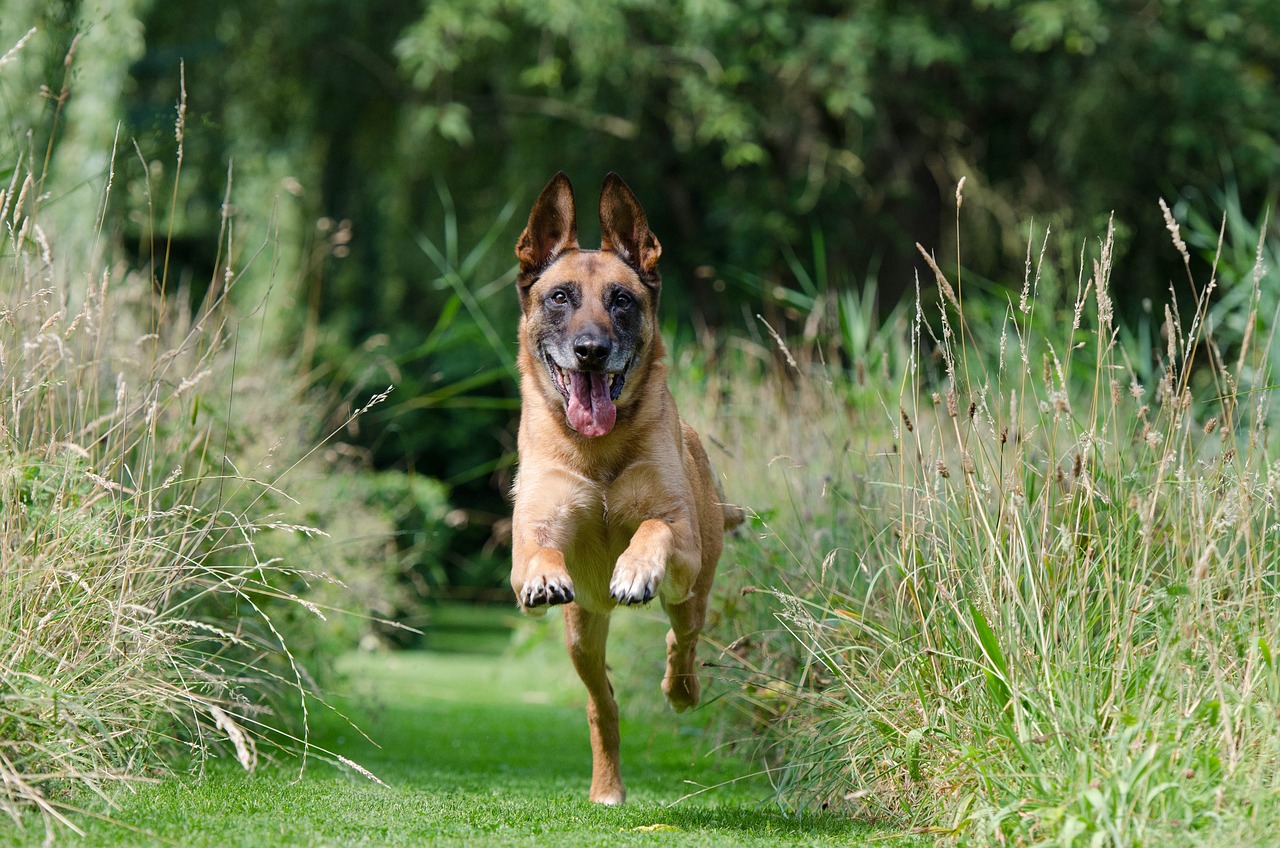Wild Mushrooms and Pet Safety

Unraveling the Hazards of Wild Mushrooms
The question of how toxic wild mushrooms can be to your wandering dog doesn't have a straightforward answer. While most mushrooms may merely induce mild, self-limiting symptoms like nausea and diarrhea, they can closely resemble those mushrooms that could potentially lead to life-threatening consequences.
For instance, morel mushrooms are celebrated as culinary delights among chefs and mushroom enthusiasts. However, their toxic counterpart, the false morel, can cause severe symptoms, including intense vomiting, abdominal pain, diarrhea, and tremors.
Identifying a mushroom accurately demands specialized skills and expertise to scrutinize factors like spore impressions, gill patterns, and minute surface features. Most individuals would struggle to appreciate the subtle distinctions that set one mushroom apart. Accurate identification of a problematic mushroom requires the expertise of a mycologist, a scientist trained in the study of mushrooms.
Symptoms of Mushroom Toxicity
Even though most mushrooms generally lead to nothing more than gastrointestinal distress, it is vital to avoid underestimating the potential harm any mushroom may pose.
When a highly toxic wild mushroom is ingested, it can jeopardize your pet's well-being, potentially causing kidney and liver failure, prolonged bouts of vomiting, and severe dehydration. In some instances, wild mushrooms can even induce hallucinations. Indications of severe mushroom toxicity encompass profuse or bloody vomiting and diarrhea, excessive drooling and watery eyes, a slowed heartbeat, depression, lethargy, abdominal pain, jaundice (yellowing of the eyes), and seizures.
Classification of Poisonous Mushrooms
Poisonous mushrooms can be categorized into four groups based on the symptoms they elicit:
Gastrointestinal – characterized by symptoms such as vomiting, diarrhea, and abdominal discomfort, which can surface within 15 minutes to 2 hours of ingestion, with signs often resolving on their own. Dehydration may require treatment.
Liver and Kidney – the most dangerous mushroom types are widely distributed throughout North America, especially from California to British Columbia and from Maine to Maryland, usually growing in association with trees. Symptoms commence with vomiting and diarrhea within 6 to 24 hours and can progress to bloody manifestations. Liver and kidney damage occurs beyond the 24-hour mark.
Central Nervous System
- Hallucinogenic mushrooms, more commonly found in fields and pastures in the northwest and southeast United States, can lead to symptoms within 15 minutes to 2 hours, with recovery taking 4 to 48 hours.
- False morels, discovered in spring across North America, often near or beneath conifers and aspen, induce vomiting and diarrhea within 6-12 hours, followed by tremors and seizures.
- Some mushrooms found in the summer and fall in deciduous and coniferous forests, notably in the Pacific Northwest, can trigger seizures or similar symptoms within 15 minutes to 2 hours.
Muscarinic - presenting symptoms like salivation, tearing (lacrimation), urination, defecation (often diarrhea), abdominal discomfort, and vomiting, all occurring together within 15 minutes to 2 hours. Certain mushrooms in this category grow under or around conifers or broad-leafed trees, while others thrive in grasslands or forest floors.
Treatment for Mushroom Toxicity in Pets
Mushroom toxicity treatment primarily focuses on addressing symptoms, stabilizing the patient, neutralizing or eliminating the toxic source, and managing any clinical manifestations.
Typical interventions involve inducing vomiting to clear the pet's stomach of residual toxins. If vomiting does not expel the entire ingested mushroom, activated charcoal may be administered to adsorb any lingering toxins. If your pet displays signs of toxicity, it is advantageous to identify the mushroom and the specific toxin it ingested. In cases of mushroom consumption by your dog, endeavor to capture detailed digital photographs of the mushroom, incorporating a ruler or common item for size reference. Ensure you capture accurate colors and take photos from various angles – top, bottom, and sides of the mushroom. As there might be several types of mushrooms in one area, collect multiple samples. Be sure to note the location and the substrate from which the mushroom was harvested.
Mushroom samples should be carefully wrapped in a paper towel and stored in a paper bag inside the refrigerator to preserve them for further examination. Label the bag with a clear "Do not eat!" Once you reach the veterinarian's office, the mushroom's gills can be pressed onto a glass slide to capture spore images.
Mycologists can be found at universities and sometimes at botanical gardens. At the same time, local greenhouses and extension offices may also assist in identifying mushrooms, as they are often knowledgeable about common regional mushroom species.
Identifying the mushroom remains the most effective means of tailoring suitable tests and treatments and predicting the potential outcome.
Get insurance plans with wide-ranging coverage options













